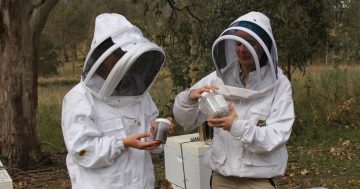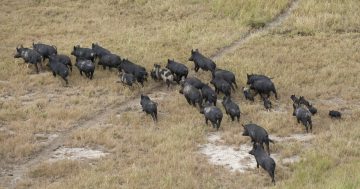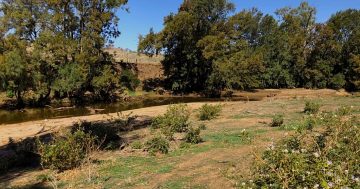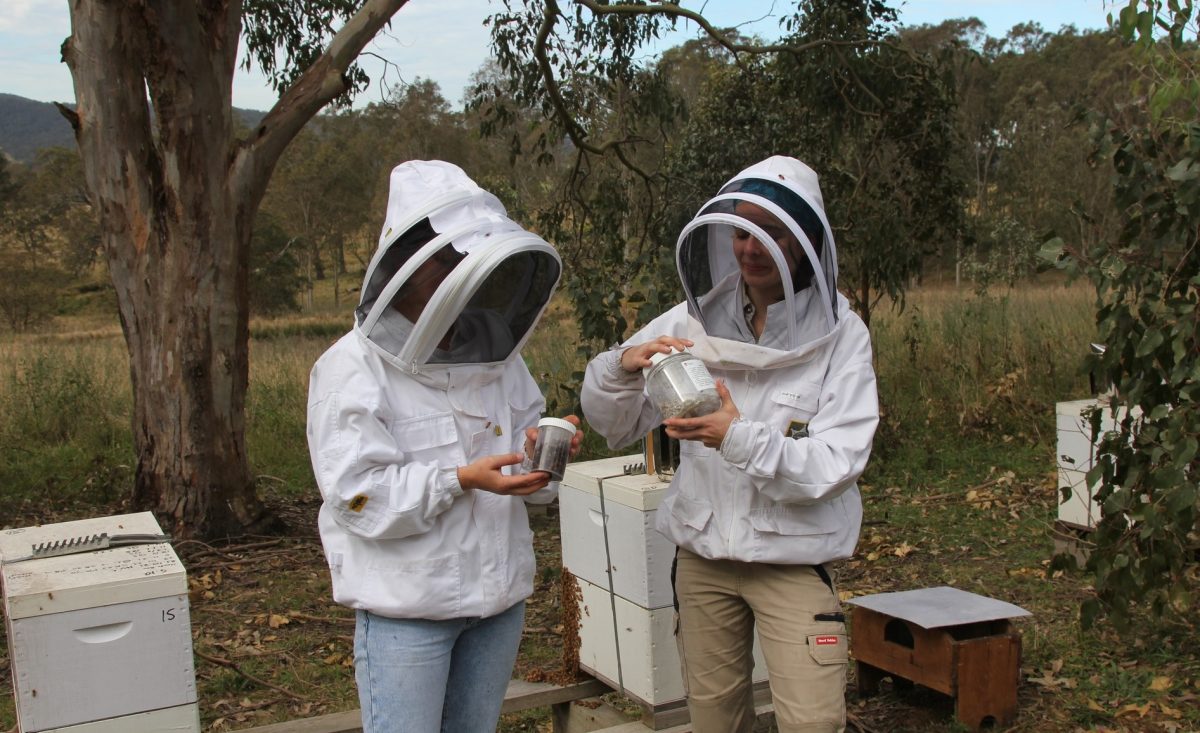
Field teams from NSW DPI and Local Land Services have been testing hives within the surveillance zones to help eradicate varroa mite. Photo: NSW DPI Biosecurity Facebook
The Riverina is under a new Biosecurity Emergency Order after varroa mite was detected in beehives at Euroley between Narrandera and Darlington Point and at Euston in the Sunraysia region on the Victorian border.
NSW Department of Primary Industries (DPI) confirmed the discovery of the parasite and Chief Plant Protection Officer Shane Hetherington said that they had traced the hives to the Kempsey region.
“As a result of the recent detection of varroa mite at Kempsey, and the fact many beekeepers had prior to the detection moved hives for both almond and canola pollination, NSW DPI prioritised tracing and then testing of hives moved out of that area,” he said.
“The new detection at Euston has clear links to infested premises in the Kempsey area, which we’ve been able to track through the movement declaration process.”
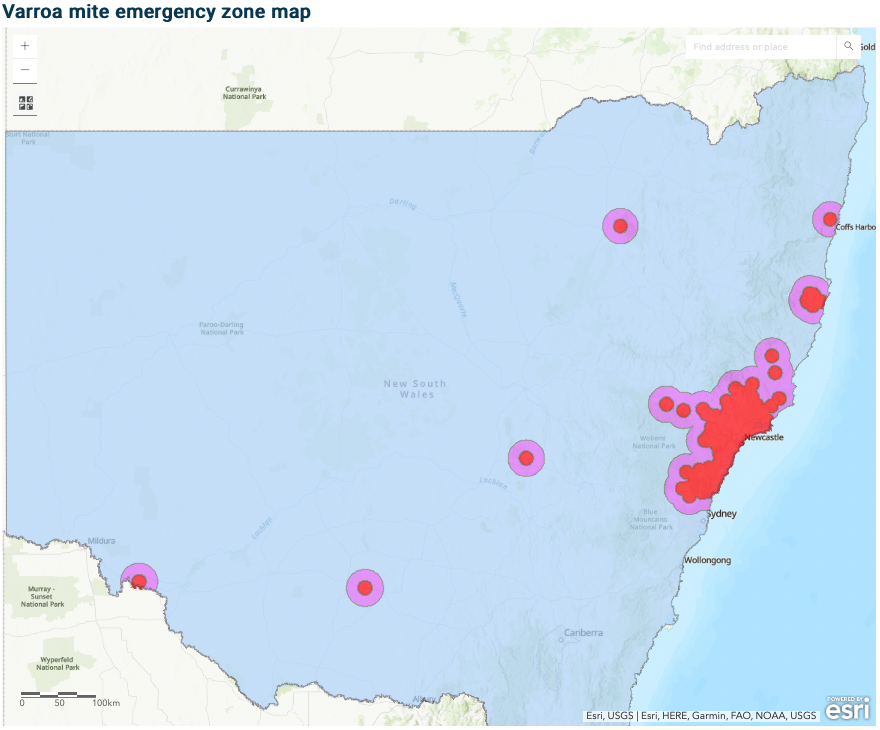
The varroa mite emergency zone map as of 24 August. Photo: NSW DPI.
The DPI has imposed a 10 km eradication (red) zone and a 25 km surveillance (purple) zone, which means hives in the infested areas cannot be moved.
“We are continuing investigations into the link for the Euroley hives, although they have also travelled from the Kempsey region.
“Tracing and testing hives moved from the Kempsey region remains NSW DPI’s top priority to ensure we can get in front of any further spread.”
The new detections bring the total number of infested premises to 215 and there are serious concerns about the impact on agriculture in the South West.
Dr Hetherington said that it highlights the importance of beekeepers reporting the locations of the hives they manage, undertaking regular alcohol washes to look for varroa mite and reporting the results of those washes to NSW DPI.
“The eradication program is a partnership between beekeepers, pollination-dependent industries and government,” Dr Hetherington said.
“NSW DPI again extends its thanks to beekeepers who are being so proactive, cooperative and supportive, as this is key to allowing us to undertake such a significant biosecurity response.”
Last month, the government announced additional funding of more than $31 million to support beekeepers and the cropping industries affected by the parasite.
Minister for Agriculture Tara Moriarty said varroa mite remains an ongoing threat to the honey bee and pollination industries throughout regional NSW.
“The NSW Government is committed to supporting these industries in their fight against varroa mite, which was first detected in the sentinel hives of European honey bees at the port of Newcastle just over a year ago,” Ms Moriarty said.
“Protecting our apiary industry, as well as the many industries which rely on it for production and pollination, is not only the right thing to do – it also makes good economic sense.”
The minister estimated that management will cost around $52 million per year.
“The NSW varroa mite response, led by DPI, is the biggest plant pest response ever undertaken in NSW, and as we pass the one-year milestone, we remain focused on the goal of eradicating the mite,” Ms Moriarty said.
Hive locations and alcohol wash results can be reported to NSW DPI by filling out the online forms at DPI or by calling the Varroa Emergency Response Hotline on 1800 084 881.







